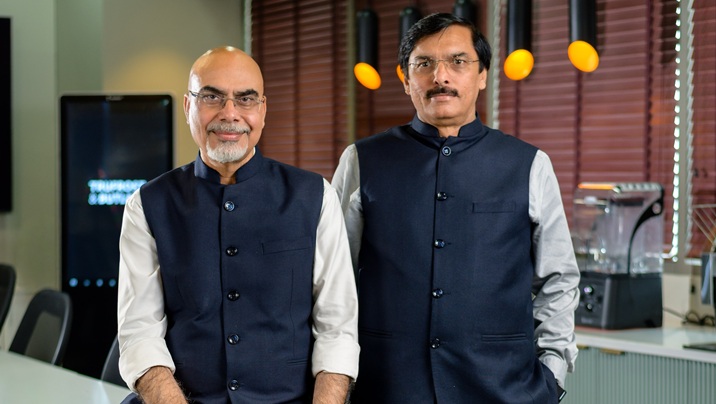India is all set to surpass Japan in GDP rankings, marking a historic milestone in the global economic order. According to a report in Japan Times, Japan’s economic stagnation and a weak yen are key factors contributing to this shift. Analysts forecast that India, the world’s fifth-largest economy, will soon claim the fourth spot.
The International Monetary Fund (IMF) predicts this transition as early as 2025, while Capital Economics estimates it could occur by 2026. S&P Global Ratings anticipates the shift happening by 2030. In 2023, India’s GDP was valued at $3.55 trillion compared to Japan’s $4.22 trillion. With India growing at a projected rate of 6–7% annually, compared to Japan’s 0.3–1.1%, the gap is closing rapidly.
The factors driving India’s GDP rankings
A combination of favourable demographics, robust reforms, and a stable currency drives India’s economic rise.
- Demographic Advantage: With a young and expanding population, India boasts a dynamic workforce that fuels productivity and demand.
- Economic Reforms: Policy changes since the early 2000s have strengthened India’s industrial and services sectors, ensuring sustained growth.
- Resilient Currency: Unlike Japan’s yen, which has depreciated significantly against the dollar, the Indian rupee has maintained relative stability.
Louis Kuijs, Chief Economist for Asia-Pacific at S&P Global Ratings, asserts, “India’s growth rate of 6–7% is sustainable, reflecting the country’s strong economic fundamentals.”
Economic challenges of Japan
Once the world’s second-largest economy, Japan has faced decades of deflation, slow growth, and an ageing population. In recent years, its economy has been overtaken by China and Germany. Now, India is closing in.
The yen’s depreciation further impacts Japan’s GDP when measured in dollar terms. In 2023, Japan’s economy was around 18% larger than India’s. However, as Kuijs explains, “The yen’s significant depreciation has accelerated the narrowing of this gap.”
A deeper look at GDP metrics
While surpassing Japan in nominal GDP is significant, it is essential to view these numbers in context.
- Purchasing Power Parity (PPP): India is already the world’s third-largest economy in PPP terms, well ahead of Japan.
- Per Capita GDP: India’s GDP per capita stands at $2,500, a stark contrast to Japan’s $34,000, highlighting the disparity in living standards.
Economists caution that nominal GDP rankings do not paint a complete picture. Kuijs notes, “India’s rise is impressive, but its per capita income and infrastructure require substantial improvement to match developed nations.”
Challenges and risks
Despite its promising growth trajectory, India faces challenges that could influence the timeline of this transition. Inflation, vulnerabilities in the banking sector, and global economic uncertainties remain significant risks. Shilan Shah, Deputy Chief Emerging Markets Economist at Capital Economics, warns, “Weaker-than-expected growth or rising domestic prices could delay this shift.”
India’s impending overtaking of Japan in GDP rankings represents a pivotal moment in global economic history. While the challenges are undeniable, this transition underscores India’s increasing influence on the world stage. As the global order evolves, all eyes remain on India’s continued rise.
























